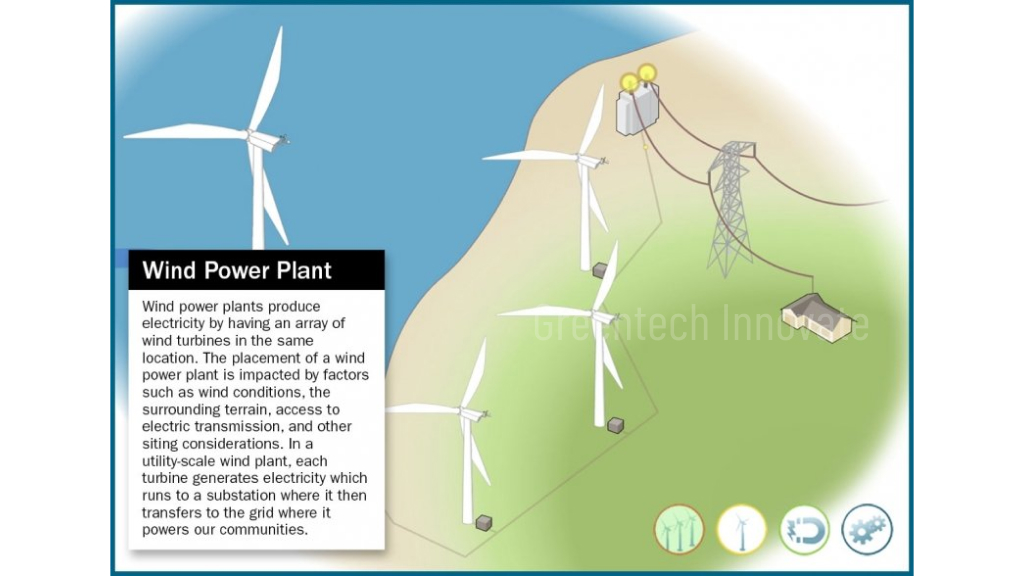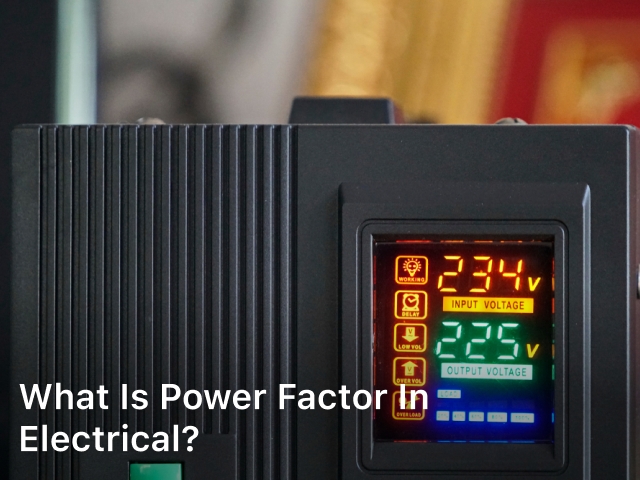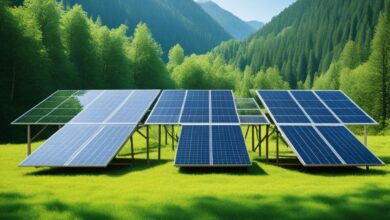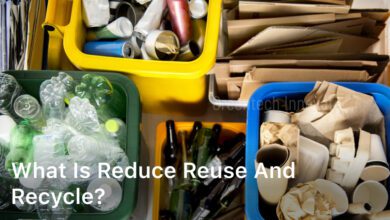
Welcome to our article on wind energy! In this section, we will dive into the fascinating mechanics of wind energy and explore how it harnesses the power of the wind. Wind energy is a renewable resource that holds tremendous potential for generating clean and sustainable electricity. By understanding its mechanics, we can better appreciate its role in addressing our energy needs while minimizing our impact on the environment.
So, how does wind energy work? Well, it all starts with the force of the wind. As the wind blows, it transfers its kinetic energy to the blades of a wind turbine, causing them to rotate. This rotational motion is then converted into electrical energy through the turbine’s generator. The electricity generated can then be fed into the grid to power homes, businesses, and even entire communities.
But there’s more to the mechanics of wind energy than just the turbine. Factors such as wind speed, direction, and even the design of the turbine blades play a crucial role in maximizing energy production. Understanding these intricacies allows engineers and scientists to optimize the efficiency and reliability of wind turbines, making them a viable and competitive source of green power.
Join us as we embark on an informative journey to explore wind energy in detail. We’ll delve into the workings of wind turbines, delve into the benefits and challenges of wind energy, and ultimately understand how this renewable resource can shape a brighter and cleaner future. So, let’s get started!
Understanding Wind Turbines

Welcome to the fascinating world of wind turbines, where the power of the wind is harnessed to generate clean and renewable energy. In this section, we will explore the mechanics behind wind turbines, how they convert the kinetic energy of the wind into usable electricity, and the different types of wind turbines used in modern wind energy projects.
How do Wind Turbines Work?
Wind turbines work by capturing the energy present in the moving air, transforming it into mechanical power, and then converting that power into electrical energy. At the heart of a wind turbine is a rotor with two or three blades, which are designed to efficiently capture the wind’s energy.
- Capturing the Wind’s Energy: As the wind blows, it causes the rotor blades to spin, initiating the capture of the wind’s kinetic energy.
- Conversion to Mechanical Power: The spinning of the rotor blades drives a shaft connected to a generator. As the shaft rotates, it converts the mechanical power into electrical power.
- Conversion to Electrical Energy: The generator within the wind turbine converts the mechanical power into electrical energy, which can then be used to power homes, businesses, and communities.
Different Types of Wind Turbines
There are two primary types of wind turbines: horizontal-axis wind turbines (HAWTs) and vertical-axis wind turbines (VAWTs).
- Horizontal-Axis Wind Turbines (HAWTs): HAWTs are the most commonly used type of wind turbine. They have a horizontal rotor shaft and blades that face into the wind, allowing them to optimize energy capture. These turbines are typically mounted on tall towers to access stronger and more consistent wind speeds at higher altitudes.
- Vertical-Axis Wind Turbines (VAWTs): VAWTs have a vertical rotor shaft with blades that spin around a central axis. These turbines are less common but offer advantages such as simpler design, the ability to capture wind from any direction, and easier maintenance as they can be located closer to the ground.
Both HAWTs and VAWTs play crucial roles in harnessing wind energy and are deployed based on site conditions, energy needs, and technological advancements.
Now that we have explored the fundamentals of wind turbines and how they work, let’s move on to the next section to discover the benefits and challenges of wind energy.
Benefits and Challenges of Wind Energy
Wind energy offers numerous benefits that make it an attractive solution for sustainable power generation. One of the key advantages of wind energy is its renewable nature. Unlike fossil fuels, which are depletable resources, wind is an abundant and never-ending source of energy. Harnessing the power of the wind helps reduce reliance on finite resources, leading to a more secure and sustainable energy future.
Wind energy also provides significant environmental advantages. By using wind turbines to generate electricity, we can reduce greenhouse gas emissions and combat climate change. Wind power produces no air pollutants or harmful emissions, making it a clean and sustainable alternative to traditional energy sources.
Another benefit of wind energy is its economic advantage. The wind energy industry creates jobs throughout the entire value chain, from manufacturing and installation to maintenance and operations. This stimulates local economies and contributes to economic growth. Additionally, wind energy projects often provide steady income to landowners who host wind turbines, offering an additional source of revenue for rural communities.
While wind energy presents numerous benefits, it also faces certain challenges that need to be addressed. One such challenge is intermittency. The availability of wind energy depends on the wind speed, which is not constant. This fluctuation in wind can cause variations in electricity generation. However, advancements in battery storage technology are helping to mitigate this challenge by storing excess energy produced during high wind conditions for use during periods of low wind.
Furthermore, there are concerns about the potential impacts on wildlife, particularly birds and bats, due to the presence of wind turbines. To address these concerns, thorough environmental studies are conducted before constructing wind farms, and mitigation measures are implemented to minimize any potential harm to wildlife populations.
In conclusion, wind energy offers a range of benefits, including its renewable nature, environmental advantages, and economic benefits. However, challenges such as intermittency and potential impacts on wildlife must be carefully addressed. By overcoming these challenges, wind energy can play a significant role in reducing carbon emissions and building a sustainable future.
Conclusion
In conclusion, wind energy is a promising renewable resource that has the potential to significantly contribute to a sustainable future. By harnessing the power of the wind through wind turbines, we can generate clean and abundant electricity without depleting natural resources or contributing to harmful greenhouse gas emissions.
Throughout this article, we have explored the mechanics of wind energy and how it works. We have learned that wind turbines convert the kinetic energy of the wind into usable electricity through intricate systems of blades, rotors, and generators. We have also discussed the various benefits of wind energy, including its renewable nature, environmental advantages, and economic benefits.
However, it is important to acknowledge the challenges faced by the wind energy industry as well. Intermittency, the variability of wind patterns, can pose challenges to the consistent generation of wind energy. Additionally, potential impacts on wildlife, such as birds and bats, must be carefully managed to ensure the sustainable coexistence of wind energy and biodiversity.
To fully harness the potential of wind energy, it is crucial that we continue to advance technology, improve efficiency, and address these challenges. With ongoing research and innovation, we can overcome the limitations associated with wind energy and maximize its contribution to our energy needs.
FAQ
How does wind energy work?
Wind energy works by harnessing the power of the wind to generate electricity. This is typically done through the use of wind turbines, which convert the kinetic energy of the wind into usable electrical energy.
What are wind turbines?
Wind turbines are large structures equipped with blades that rotate when the wind blows. As the blades turn, they spin a generator, which produces electricity. Wind turbines come in various sizes and designs, with horizontal-axis and vertical-axis turbines being the most common types.
Are all wind turbines the same?
No, wind turbines can vary in size, design, and the materials used. Horizontal-axis wind turbines are the most common and have blades that rotate on a horizontal axis. Vertical-axis wind turbines, on the other hand, have blades that rotate on a vertical axis. Each type has its own advantages and disadvantages.
What are the benefits of wind energy?
Wind energy has several benefits. It is a clean and renewable source of energy, meaning it does not emit greenhouse gases or contribute to climate change. It also helps to reduce our dependence on non-renewable fossil fuels and can create jobs in the wind energy industry.
What are the challenges of wind energy?
While wind energy has many advantages, it also faces challenges. One challenge is the intermittency of wind, as the amount of electricity generated can vary depending on the strength of the wind. Additionally, wind turbines can have impacts on wildlife, such as birds and bats, and there can be local opposition to the construction of wind farms.
Can wind energy be used everywhere?
Wind energy can be harnessed in many locations, but it is most effective in areas with consistent and strong winds. Coastal areas and open plains tend to be ideal for wind energy generation. However, advances in technology have made it possible to utilize wind energy in more locations with lower wind speeds as well.




